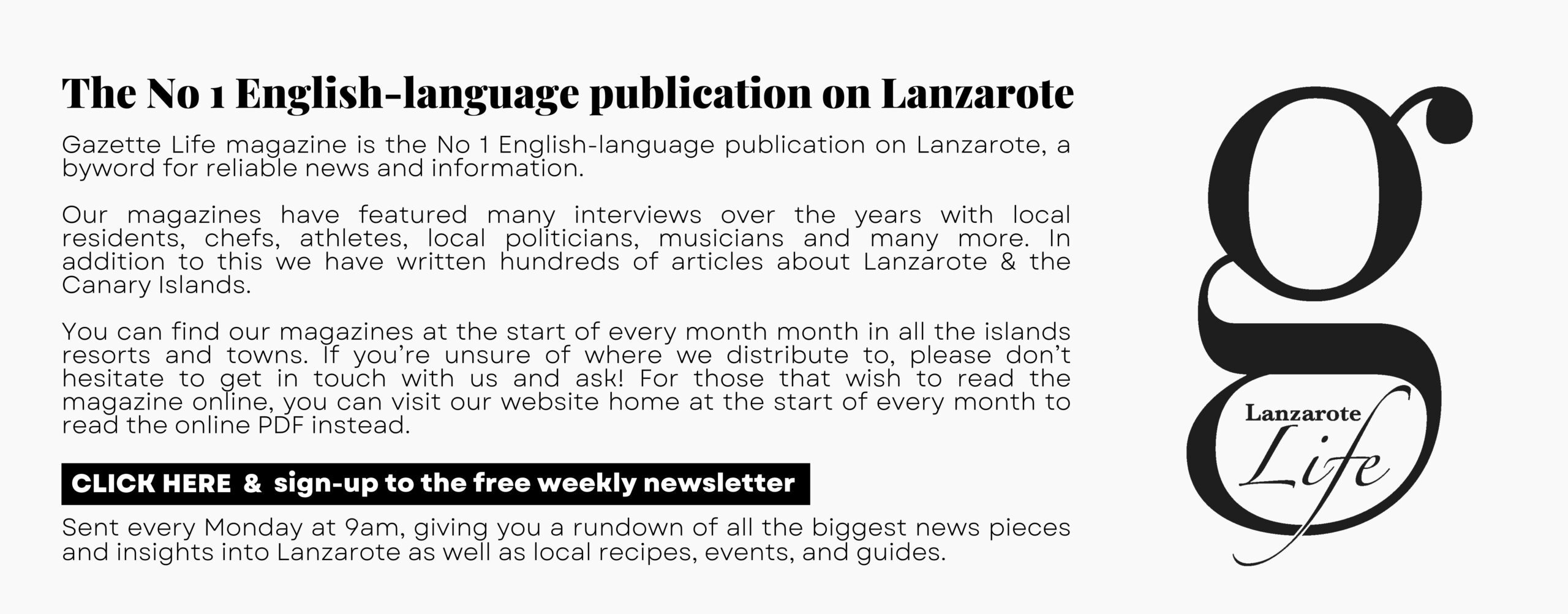Jolateros are an emblem of Arrecife. These brightly painted little tin boats are still an essential part of the capital’s fiestas, and the survival of this tradition is down to one man.
The Charco de San Ginés is one of the most popular spots on the island for dining and drinking, but traditional activities of fishing and leisure boating still take place, with dozens of boats tugging at their moorings as the tide rises twice a day.
This is where César Manrique was born, and where Gregorio Fuentes, the old fisherman that Ernest Hemingway immortalised in his book, The Old Man and the Sea, learnt his trade before moving to Cuba. And the links of Arrecife to the sea are perfectly encapsulated in the tradition of the jolateros.
Nowadays, the boats are associated with young kids paddling them with their hands or their flip-flops in the regatta that is a central part of the Fiesta de San Ginés in August, but they have their origins in much harder times.
The 1940s were a brutally tough time in Spain and the Canaries, but one look at the island shows that necessity is the mother of invention, which is why local sailors decided to use tin oil drums to fashion crude auxiliary boats that could be paddled to larger craft. There, they were often sunk and retrieved later, or hauled back with a rope.
These makeshift tin boats became a fixture on the Charco, and children soon started messing about on the water in them. This gave rise to the races and challenges that are still a part of the Fiesta de San Ginés in August, and later, to a boat building tradition.
It’s a tradition that has become one of the most vivid expressions of folk art on the island, with many local businesses buying for a custom-painted jolatero to advertise on. At the workshop on C/Hermanos Zerolo, you can see a variety of multicoloured boats, from full size ones to smaller ones that are perfect for plants and even tiny key-ring ornaments.
The local clothes shop, Confecciones Tito, on nearby Calle Fajardo, has also produced a range of quality T-shirts, sweatshirts, and tote bags under the Jolatero trade name. It’s a quality range of nautical themed clothing that features the little boats prominently.
Behind all this is Antonio Rodríguez, known as Toño, who founded the JJ5 Club in 2008, and regularly holds classes in making the boats. The club started in a workshop on the Charco before moving to a ruined building on Puerto Naos, where they were a few yards away from the sea and could test out their boats. More recently they’ve moved to Arrecife’s centre and are actively seeking new premises for when the current building is demolished next year.
We pass through to the back yard, where four young lads, Germán, Eduardo, Najim and David are waiting to show us how the boats are made. It’s a process that starts, literally, with a bang, as the lid of an oil drum is removed with a chisel and a heavy iron mallet.
Two sides of the resulting rectangle of metal are folded over to remove sharp edges, and then the whole thing is folded in half, and the other ends held together with a nailed wooden lath. The boat is bent into shape, waterproofed, and painted.
Toño shows us smaller boats made of olive oil tins and even soft drink cans and points out that the club will take commissions to make jolateros out of any metal container, and will paint it to specifications. Prices are fluid, but a fullsize jolatero will cost around €120, while smaller ones for planting are around €15 and the little key ring fobs are two or three Euros each.
I ask Toño about the jolatero tradition in Puerto del Carmen’s old town of La Tiñosa, where the little boats have also become a feature of local fiestas “They’re doing brilliant things there,” he smiles. Toño is permanently looking for support from the authorities, but financial assistance is thin on the ground. It’s a shame because the tradition he has preserved almost single-handedly could not be a better example of Lanzarote’s history and its ingenuity.
For regular updates, pictures and videos of Lanzarote be sure to like and follow our Facebook page “Gazette Life Lanzarote”.











